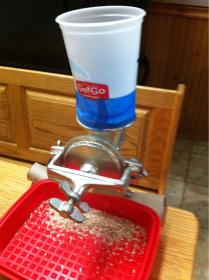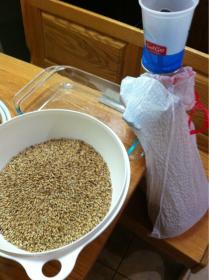- Joined
- Dec 28, 2010
- Messages
- 156
- Reaction score
- 3
Excellent thread. It will certainly save me $100+ from buying one of them "fancy" grain mills. This will definitely be my next piece I pick up in an effort to have a fully functional single tier brewing setup. Well that and finally being able to take full advantage of the group grain buys.
I saw many people posting about picking one of these up for around $25 or so, however; in my search for the el cheapo grain mill I found the one I plan to order tonight when I get home from work. I found one online for only $19.95 with free shipping!
http://grantfords.com/product_info.php?&i=B000U5NZ4I
I saw many people posting about picking one of these up for around $25 or so, however; in my search for the el cheapo grain mill I found the one I plan to order tonight when I get home from work. I found one online for only $19.95 with free shipping!
http://grantfords.com/product_info.php?&i=B000U5NZ4I



















































![Craft A Brew - Safale BE-256 Yeast - Fermentis - Belgian Ale Dry Yeast - For Belgian & Strong Ales - Ingredients for Home Brewing - Beer Making Supplies - [3 Pack]](https://m.media-amazon.com/images/I/51bcKEwQmWL._SL500_.jpg)











